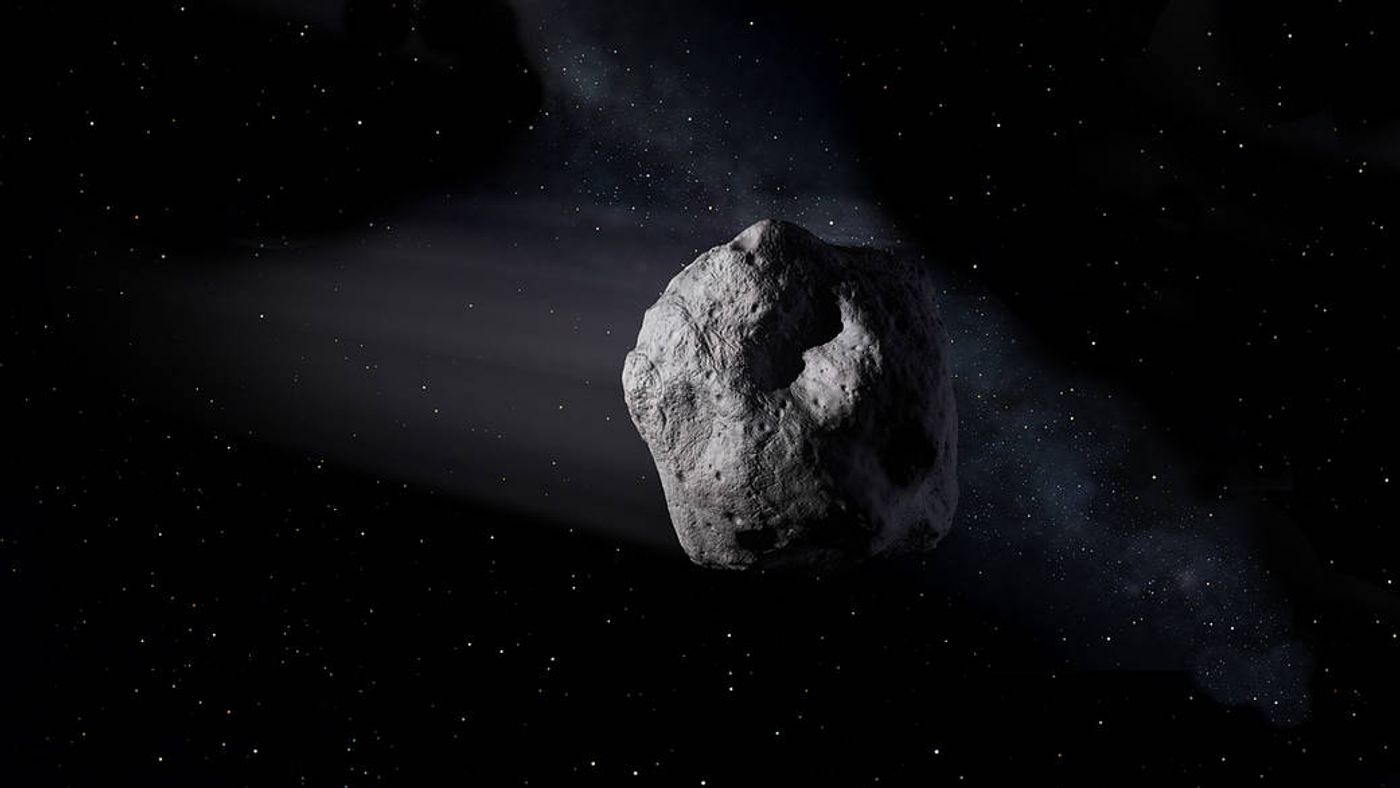FEMA and NASA Work Together to Plan for Asteroid Emergencies
What ever will us Earthlings do when an asteroid is set on a crash course with the Earth? For most, this kind of emergency is hard to fathom. Some supremely believe it was an asteroid that wiped out the dinosaurs, and to think an asteroid may one day slam into the Earth while we’re all on it is almost unthinkable.
In fact, while we’re all here on Earth taking our lives for granted and not even thinking twice about how quickly an anomaly from space could end all of it, FEMA (Federal Emergency Management Agency) and NASA are devising a plan to take care of asteroids before they ever get here.

Image Credit: NASA
“It’s not a matter of if – but when – we will deal with such a situation,” said Thomas Zurbuchen, Associate Administrator for NASA’s Science Mission Directorate in Washington. “But unlike any other time in our history, we now have the ability to respond to an impact threat through continued observations, predictions, response planning and mitigation.”
Just at the end of October, the two agencies met together and simulated a training exercise under the assumption that an imaginary asteroid was headed towards Earth by September 20, 2020. With no more than four years in advance, deflection would be impossible, so the two agencies were tasked with doing all they could to mitigate life loss where the impact was imminent.
Estimating that this so-called asteroid would drop out of the sky somewhere over California, a highly-populated region, FEMA, NASA, the United States Air Force, and several other high-ranking attendees worked on planning methods to help evacuate danger zones and displace populations to safer regions away from the impact zone.
Other talks during the meetup included keeping the general public updated with real time information while simultaneously dismissing rumors that would undoubtedly pop up in the spans of time leading up to an imminent asteroid impact as quickly as possible.
“These exercises are invaluable for those of us in the asteroid science community responsible for engaging with FEMA on this natural hazard,” said NASA Planetary Defense Officer Lindley Johnson. “We receive valuable feedback from emergency managers at these exercises about what information is critical for their decision making, and we take that into account when we exercise how we would provide information to FEMA about a predicted impact.”
While they didn’t get as far as saving everyone’s lives from the asteroid in the simulation just yet, this is a highly complicated process that requires careful planning, so it certainly won’t be the only meetup between these agencies.
In most cases, modern space observation equipment will be able to track space rocks many years before they ever get here, so deflection methods are almost certainly going to be the first resort. On the other hand, careful planning for the worst-case scenario is never a bad idea either.
Source: NASA








